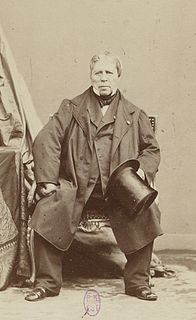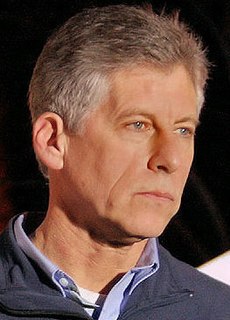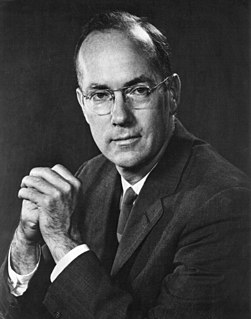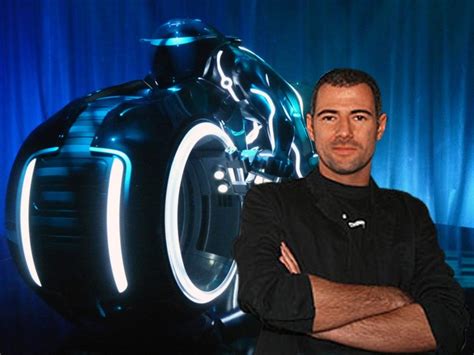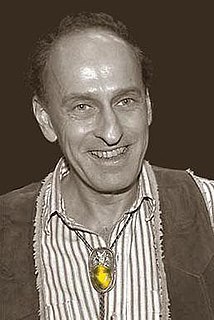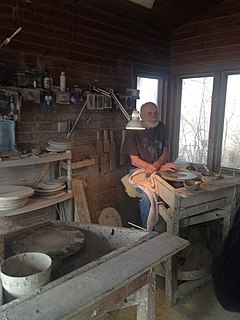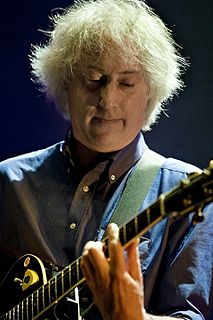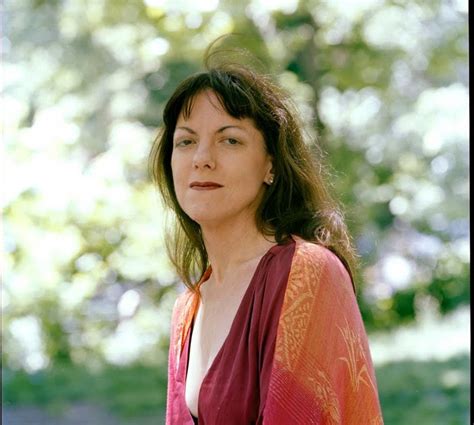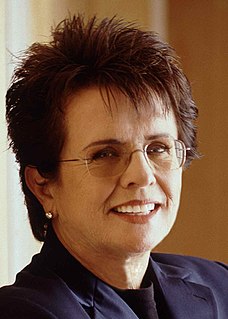A Quote by Michael Foreman
Drawing teaches you to look at things properly and to understand form and structure.
Related Quotes
To draw does not simply mean to reproduce contours; the drawing does not simply consist in the idea: the drawing is even the expression, the interior form, the plan, the model. Look what remains after that! The drawing is three fourths and a half of what constitutes painting. If I had to put a sign over my door to the atelier, I would write: School of drawing, and I'm certain that I would create painters.
Usually I begin things through a drawing, so a lot of things are worked out in the drawing. But even then, I still allow for and want to make changes. I kind of do the drawing with the painting in mind, but it's very hard to guess at a size or a color and the colors around it and what it will really look like. It's only a guess at the beginning, and then I try to refine it.
I am trying to represent design through drawing. I have always drawn things to a high degree of detail. That is not an ideological position I hold on drawing but is rather an expression of my desire to design and by extension to build. This has often been mistaken as a fetish I have for drawing: of drawing for drawing’s sake, for the love of drawing. Never. Never. Yes, I love making a beautiful, well-crafted drawing, but I love it only because of the amount of information a precise drawing provides
Science, with its experiments and logic, tries to understand the order or structure of the universe. Religion, with its theological inspiration and reflection, tries to understand the purpose or meaning of the universe. These two are cross-related. Purpose implies structure, and structure ought somehow to be interpretable in terms of purpose.
I met designers that are in the business for ten years in the movies, and their biggest complaint is things don't look anything like they were designed. Look at my drawing! But nobody ever sees the drawing, that's the thing. So I knew right from the beginning that I would design everything in 3D on my computer, and those models literally went to the machines. So every little radius on most of the vehicles you see there, I built with my mouse and keyboard.
I'd done a drawing of the model using only peripheral vision, looking at a spot on the wall to the right of where she sat. It wasn't really a drawing of her I produced; it was a drawing of the cloud of lights and darks she dissolved into when I focused on the spot. You could look at my drawing of this cloud and read it as a nude female figure, though a little translation was required.
Regarding pushing the form, ideas interest me more than form. I think you can write a very subversive play in a three-act structure. The content makes the play. I feel the form is simply dressing, because ultimately, you want to communicate to the audience, and sometimes the best way to do that is to present a provocative idea in a format that is comfortable for them to receive. Then the idea will come through directly, right in solar plexus. After all, I want to make a living as an artist, and that means speaking to the audience in a form they can understand.

